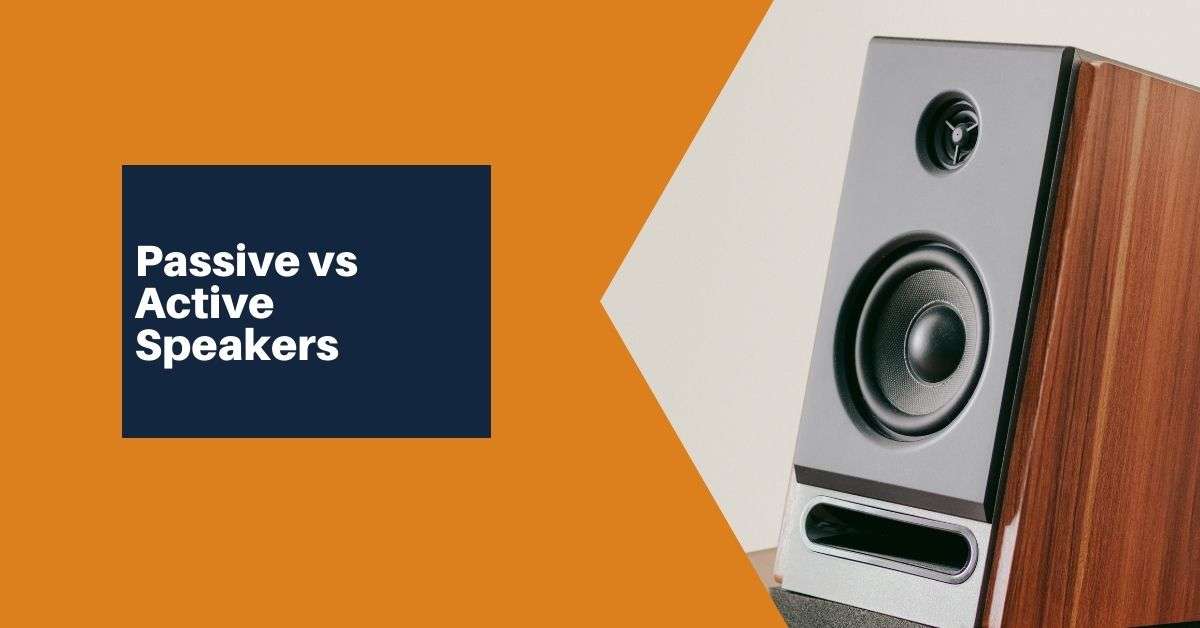If you’re in the market for a set of new speakers – especially if it’s your first time looking – you’ll notice there are a variety of different options you have to choose from. It can be an overwhelming experience even for seasoned audio enthusiasts.
When it comes to speakers for home audio, there are typically two major types: active speakers and passive speakers. Active and passive speakers each come with their own unique benefits and drawbacks and depending on your audio setup, one might be better for you than the other.
In this article, we’ll cover the differences between active vs passive speakers, their pros and cons, as well as some additional questions. First, let’s define what both speakers are.
Table of Contents
- What are passive speakers?
- What are active speakers?
- What are powered speakers?
- Speaker crossovers explained
- Which are better: passive or active speakers?
- Pros and cons of active speakers
- Pros and cons of passive speakers
- How do I know if my speakers are powered or passive?
- Do passive or active speakers sound better?
What are passive speakers?
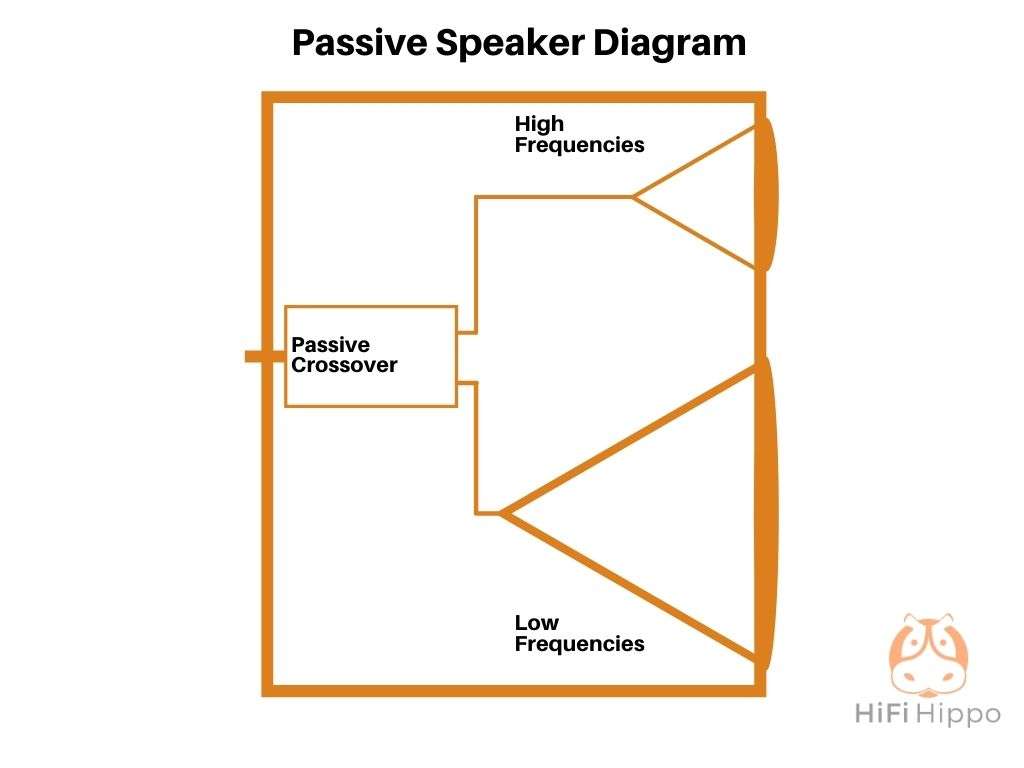
Passive speakers are speakers that are not amplified, meaning they need help from an external amplifier in order to produce sound. They use what’s called a passive crossover network to pass an audio signal from the power amplifier to the various drivers in the speaker system.
External amplifiers come and many different shapes, sizes, and forms. For instance, many stereo receivers act as a power amp, supplying power to the passive speakers.
Passive speakers are largely dependent on the power amplifier they’re connected to. If the amplifier is lower powered, passive speakers will not be able to perform at their fullest potential.
On the inverse, if the power amplifier is higher-powered, the passive speakers might not be able to keep up with the external amp. This can create distortion and damage the speakers.
What are active speakers?
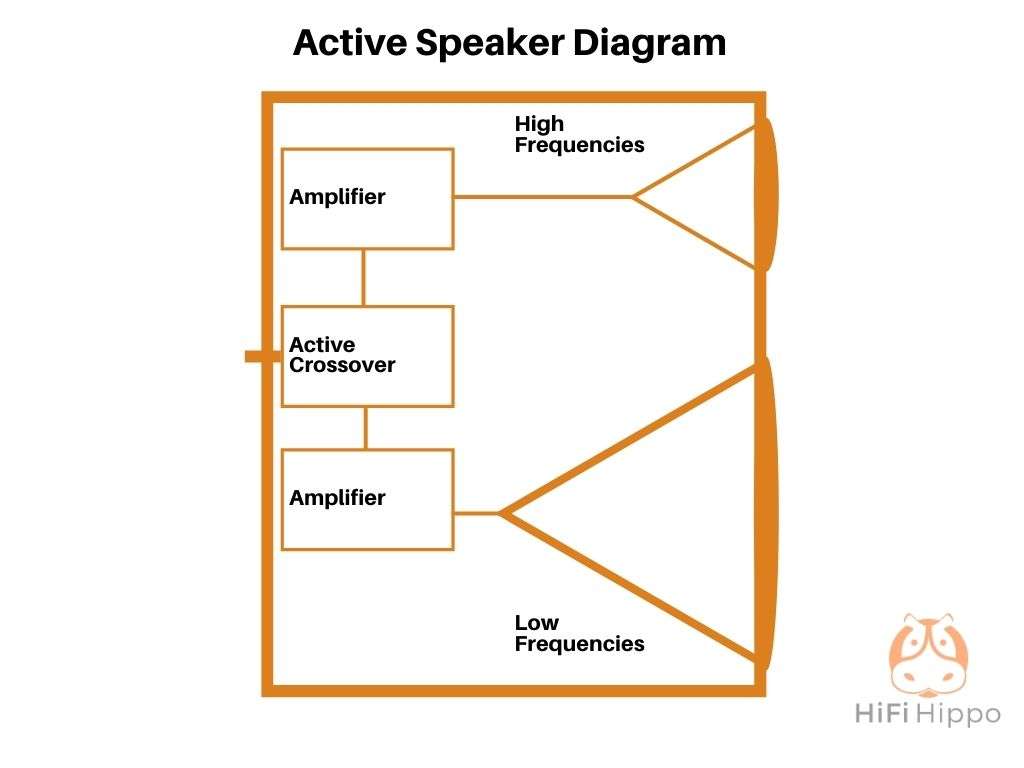
Active speakers are speakers that have an amplifier built-in, meaning they don’t need the help of an external amplifier and can produce audio from a source on their own. These speakers usually have built-in amplifiers for each driver and use active crossovers.
Active speakers can be directly fed a line-level signal from decides such as a phone, phono preamp, or laptop. Additionally, active speakers often come with their volume adjustment built-in. Many modern active speakers even come with built-in Bluetooth.
What are powered speakers?
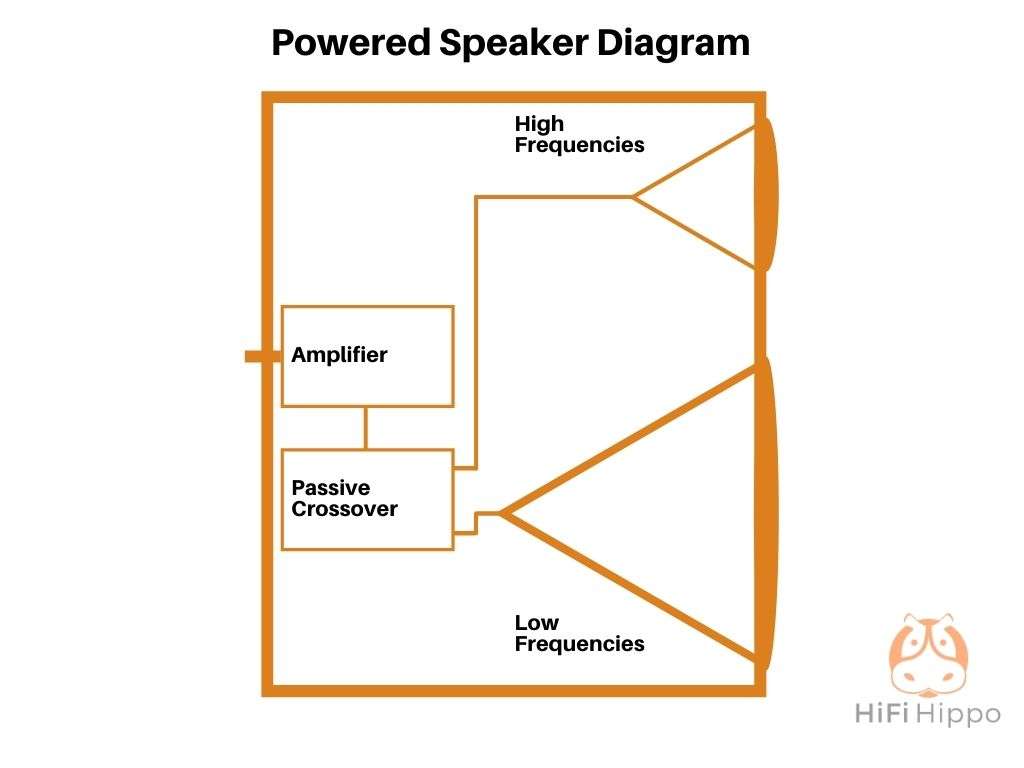
Powered speakers share similarities with both passive and active speakers. Powered speakers have an amplifier built into the entire unit, but use a passive crossover instead of an active crossover.
The amplifier first amplifies the audio signal to the passive crossover network, which then distributes the various frequencies to their proper driver. It’s also worth noting that usually, one passive speaker contains the amplifier – this is often referred to as the “master speaker.”
Powered speakers negate the need for external amplifiers, but don’t possess many of the redeeming qualities that active speakers have.
Powered speakers tend to be more affordable than active speakers as they are used in a variety of computer speakers and pa speakers. It’s worth noting that there are many power speaker options for turntable use as well.
For the purposes of this article, we’ll mainly be looking at active and passive speakers.
Speaker crossovers explained
The crossover network plays a huge role in defining the difference between active and passive speakers, so we should take a moment to learn about what it is and what it does.
Simply put, a crossover network splits the audio signal going to the speaker drivers by their frequency bands. In a 2-day speaker, this would be high frequencies and low frequencies. Alternatively, in a 3-way speaker, this would be split in to high frequencies, mid frequencies, and low frequencies.
How do passive crossovers?
Passive crossovers are found in both passive and powered speakers. Passive crossovers split the audio signal after it is amplified by the power amplifier. Because of this, there’s no need for an active system within passive models because the signal has already been amplified.
How do active crossovers work?
An active crossover works by splitting the audio signal frequency bands before it’s amplified. Because an active speaker processes a line-level signal, components don’t need to be rated for higher power handling.
Which are better: passive or active speakers?
Both passive and active speakers have their own set of strengths. It’s important to consider your current audio setup before purchasing one or the other. Think about how you see your audio setup evolving in the future. This will greatly inform your purchase of active vs passive speakers.
Pros and cons of active speakers
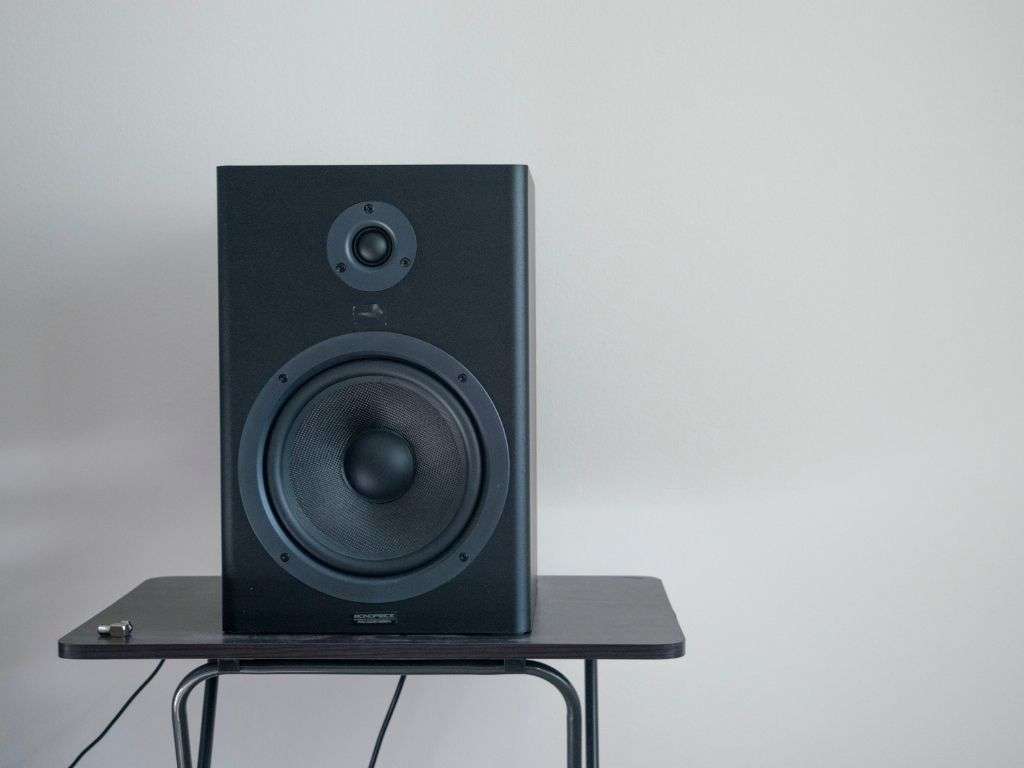
| Pros | Cons |
| All components in one speaker cabinet | Typically higher in price |
| Amplifier matching | Fewer upgrade options |
| Built-in sound adjustments | Heavier weight |
| Wireless and Bluetooth options | Difficult to repair |
Pros of active speakers
All components in one speaker cabinet
Active speakers already have an integrated amplifier to amplify an audio single. This can be a great benefit for people who want to keep their setup small with fewer external components.
Additionally, you can save money by not having to buy additional audio equipment if you don’t want to.
Amplifier matching
Amplifier matching is a complicated way of ensuring your speakers and amplifier are working together to produce to most optimal sound.
Active speakers are created with amplifiers in mind and usually already match the power coming from the amplifier
Built-in sound adjustments
Active speakers, especially high-end ones, will have knobs and dials to configure the volume, pan, and EQ.
This allows you to customize the audio signal to fit your room and listening preferences without needing a separate amplifier because of the speakers’ active crossover network.
Wireless and Bluetooth options
Many modern active speakers double as wireless Bluetooth speakers, allowing you to connect Bluetooth turntables or cell phones without the need for speaker wire.
Cons of active speakers
Typically higher in price
When comparing similar-sized active and passive speaker drivers, active speakers will often be more expensive than their passive alternatives. This is due in part to the additional electrical components built into the speaker enclosures.
Fewer upgrade options
If you’re someone who likes to swap out and make updates to your entire home audio system, you might feel handcuffed with active speakers as you have to be more intentional about purchasing new equipment such as separate amplifiers, turntables, and phono preamps.
Heavier weight
Due to all the additional active components built into the speakers, they are naturally more cumbersome than passive speakers. Additionally, power cables and a power supply needed to power the speakers will add additional bulk.
Difficult to repair
Because of the internal amplifiers built into active speakers, they’re much more complicated to repair.
Pros and cons of passive speakers
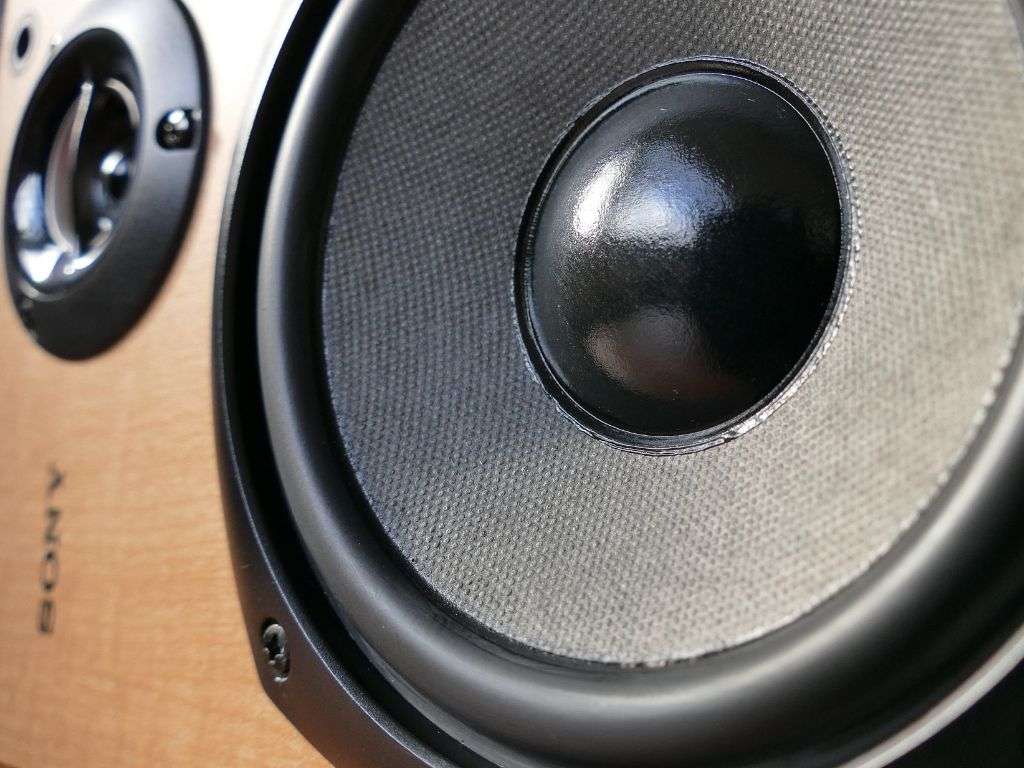
| Pros | Cons |
| Work seamlessly with a variety of receivers and amplifiers | Requires attention to amplifier matching |
| Fewer wires | Requires an additional unit like a receiver or mixer |
| More upgrade paths | Adds additional components to your sound system |
| Lower price | Usually will use unbalanced audio |
Pros of passive speakers
Work seamlessly with a variety of receivers and amplifiers
Many new and vintage stereo receivers are designed to work natively with almost every passive speaker. The setup is simple; just connect your speaker to your amp with some speaker cable and you’re ready to go!
Fewer wires
Unless you’re going with a fully wireless setup, passive speakers receive fewer speaker cables than active speakers. This is because they receive their power from the amp itself whereas active speakers need to be plugged into a power source and come with an attached power supply.
More upgrade paths
Passive speakers allow for a wider variety of upgrades to other audio equipment without having to swap out your speakers – they’re adaptable to most audio setups!
Lower price
Due to their lack of built-in amplifiers, passive speakers are usually lower in price compared to active speakers.
Cons of passive speakers
Requires attention to amplifier matching
In order to perfect your sound quality, it’s wise to ensure your speaker impedance is in line with your external amplifier. While generally, it should be easy to tell if your amp is putting out too little or too much power, it’s a good idea to know this ahead of time and just one more set in the speaker buying process.
Here’s a helpful video if you’d like to learn more about amplifier matching.
Requires an additional unit like a receiver or mixer
In order to power passive speakers, the help of a separate amplifier is needed. While amplifiers come with their own special set of benefits, if you don’t already have one it’s just seen as another item you need to purchase.
Adds additional components to your sound system
For people who like having simplistic audio setups, passive speakers are probably not the way to go. You’ll need additional components to properly harness to power of your speakers and get better sound quality.
Usually will use unbalanced audio
Passive speakers are usually connected using an unbalanced speaker cable. If the cable runs too long, you run the risk of audio signal loss. Active speakers on the other hand can be connected with more robust cable options such as XLR and TRS.
How do I know if my speakers are powered or passive?
Simply put, both powered and active speakers require an external power source to use them. Oftentimes, these speakers will plug directly into a wall outlet but can also be battery-powered.
Do passive or active speakers sound better?
While the sound quality is highly dependent on the quality of the speaker, generally active speakers will offer better sound quality for those with more simplistic audio setups with passive speakers all for external audio equipment to further their performance.
For more information on improving your speaker’s sound, check out our speaker placement guide!
Final thoughts: active vs passive speakers
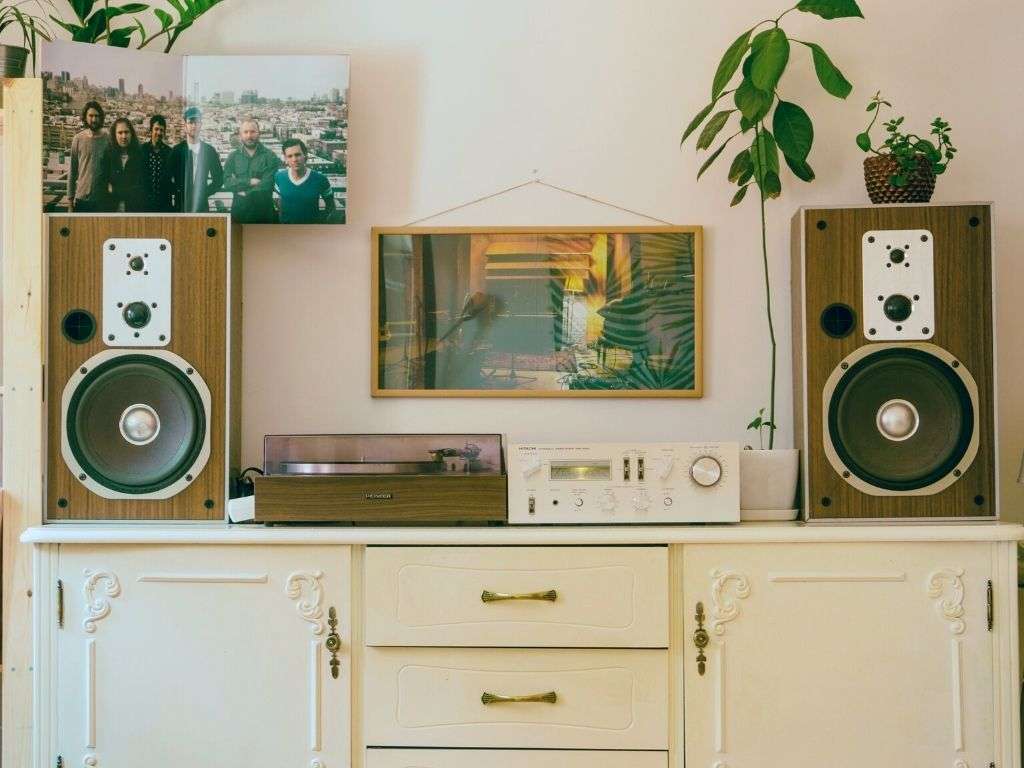
The choice between an active speaker or passive speaker is largely dependent on your current home audio setup and where you see it evolving (if at all).
For minimalist setups with good audio quality, active speakers are the way to go.
Passive speakers are great for individuals who like to craft their sound through the use of external equipment. In general, the quality ceiling is much higher but takes some dedication to get right.
We hope you found this guide helpful – happy listening!

Lead Editor / Owner
After beginning his career in the video and audio recording industry, Andrew started HiFi Hippo to share his knowledge and passion for vinyl and vintage audio with other readers.
